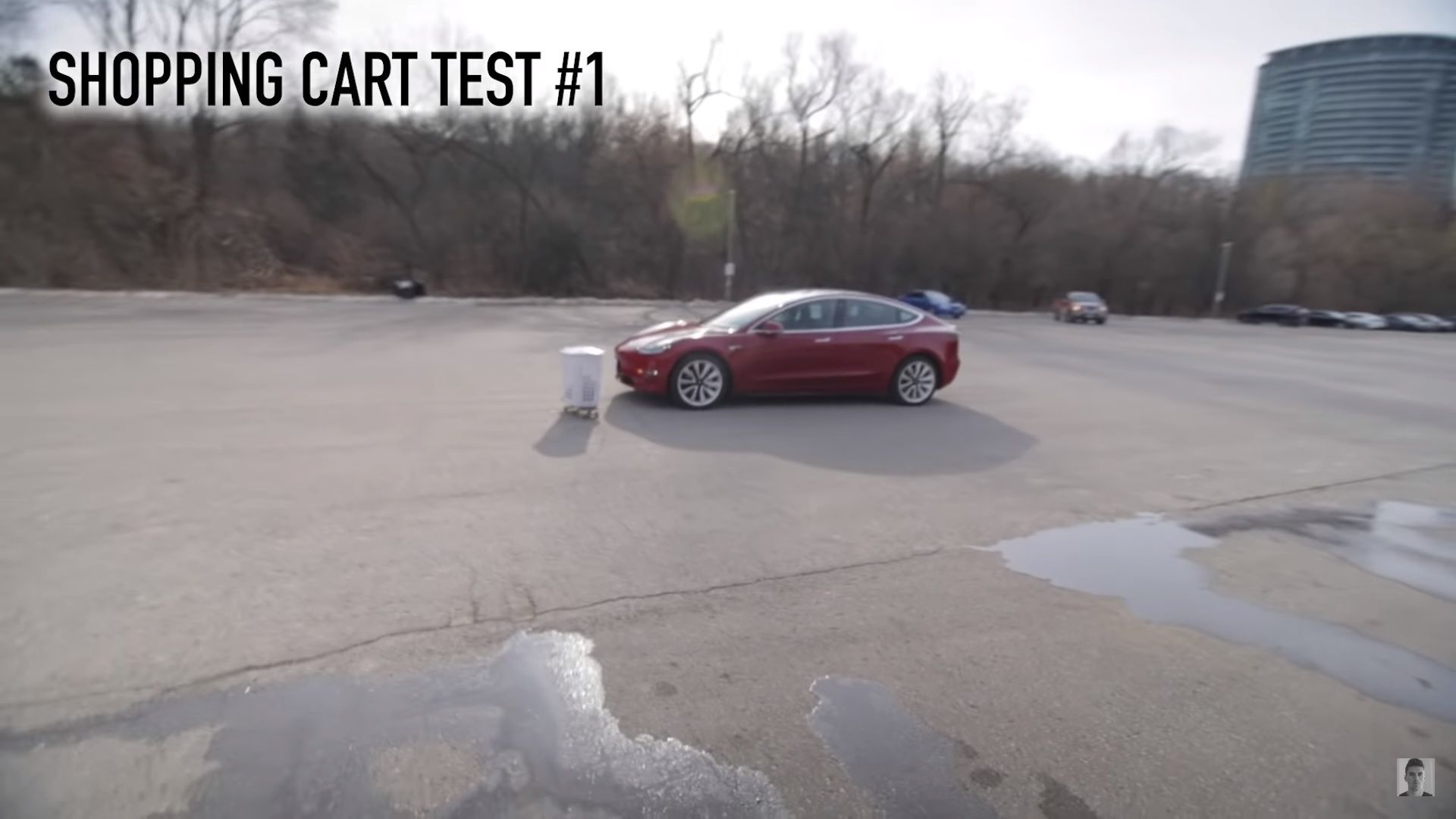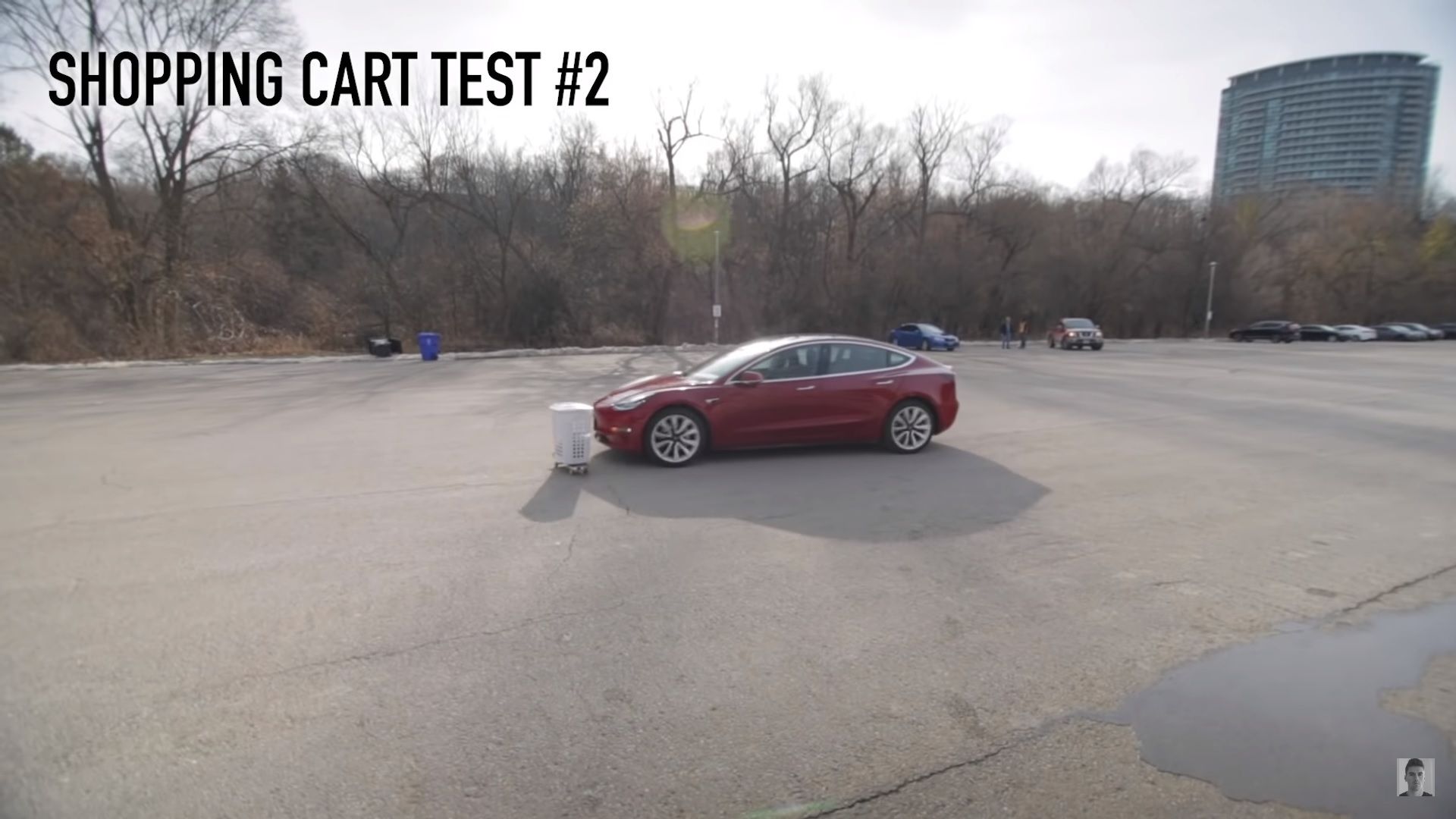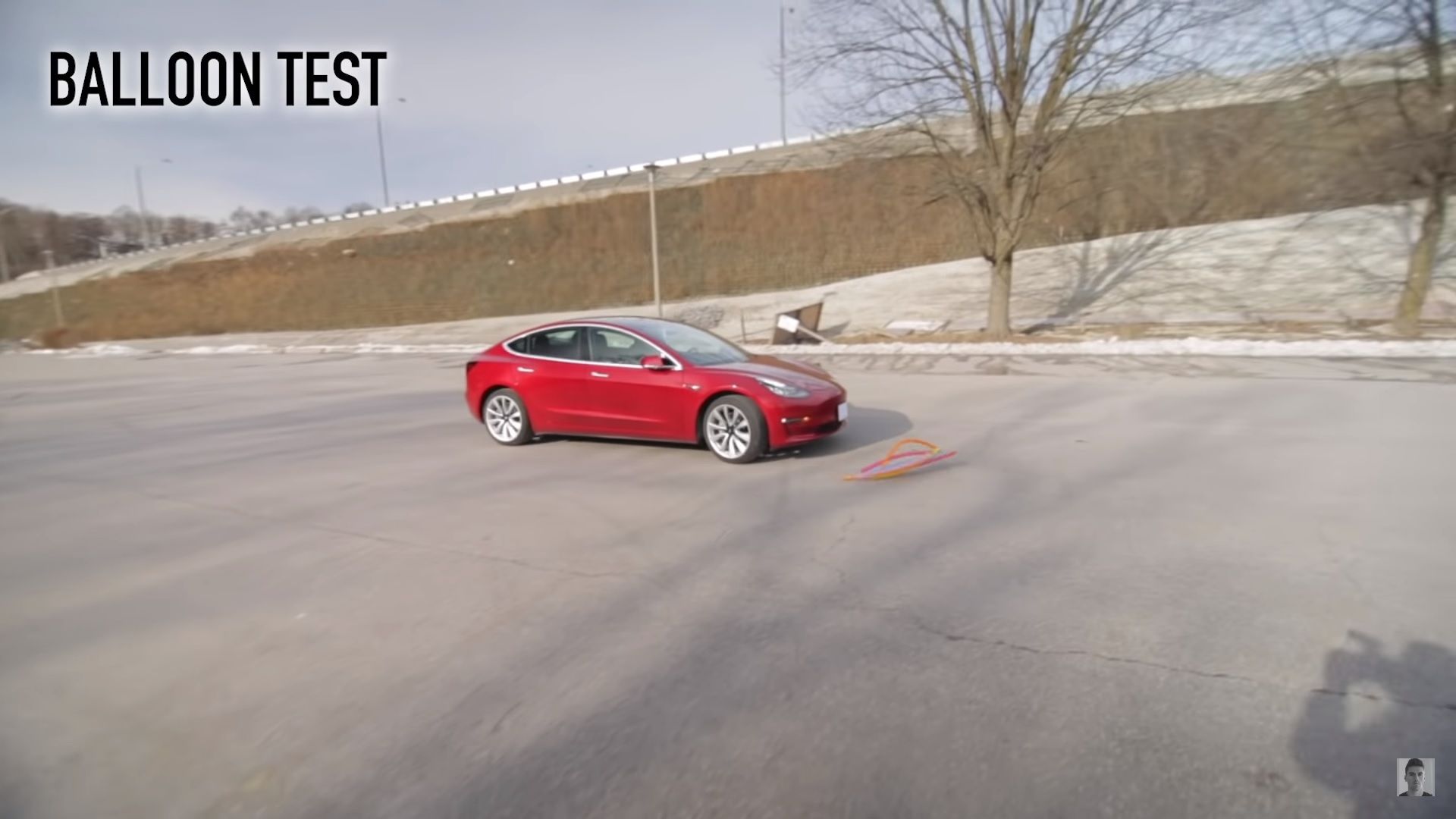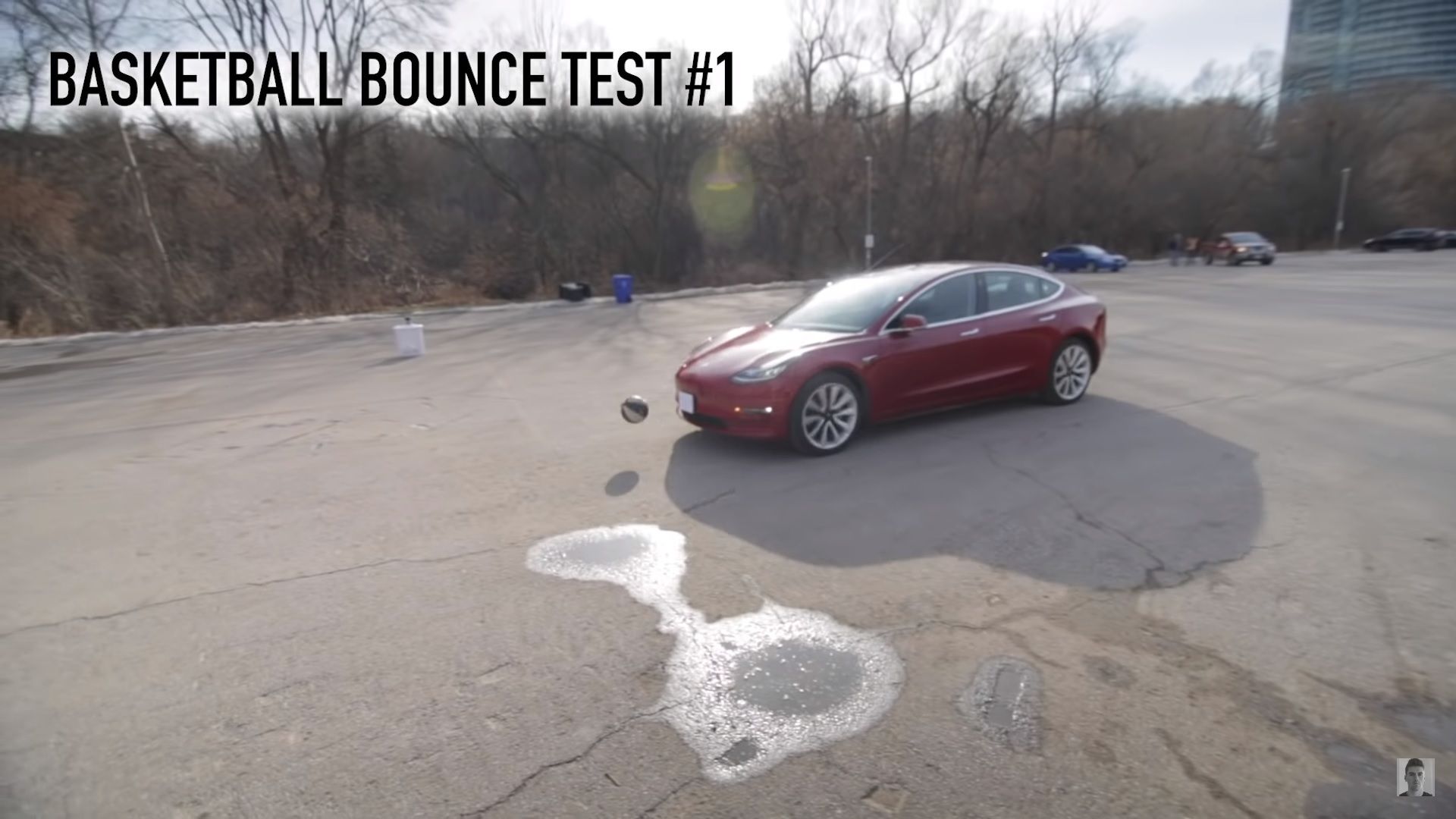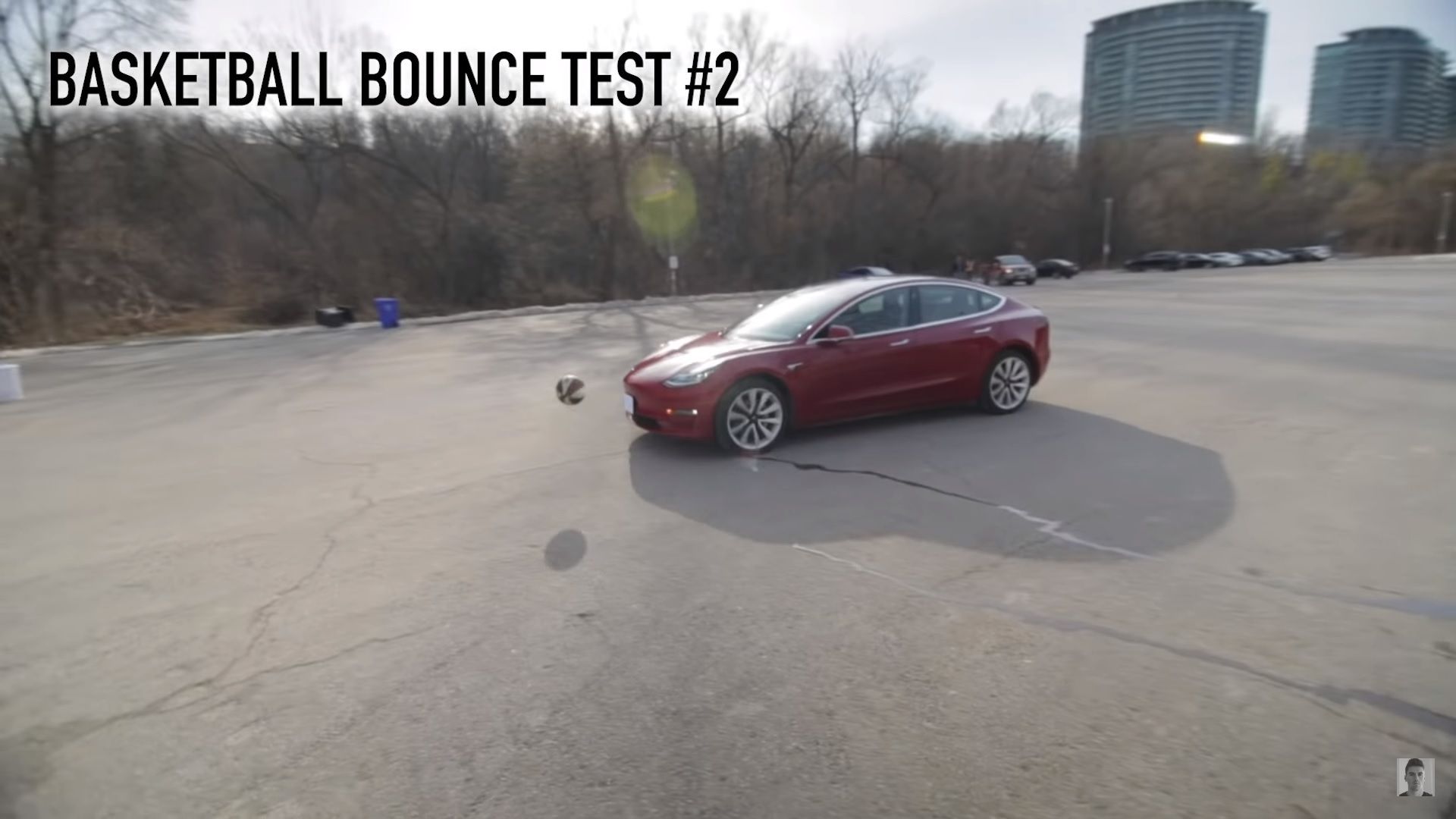Tesla’s Smart Summon feature has become the Guinea Pig for a lot of YouTubers out there, as people can’t stop testing this technology under different circumstances and situations. Search it up online and you’ll see a lot more negative reviews than positive ones.
Although it's a good technology, Tesla needs to fine-tune it to make it foolproof. In the meanwhile, a Model 3 owner, Kevin Rooke, decided to check this feature out by testing it on moving obstacles. He uses many props like a shopping cart, a soccer ball, and many things that can “roll” in front of the car. Do you think the Smart Summon can detect them all?
Smart Summon Needs A Lot Of Improvement
The Smart Summon is the talk of the town for all the wrong reasons. The feature has drawn a lot of flak as a lot of owners have reported bugs in the system.
Basically, Smart Summon is a feature wherein you summon your Tesla from a distance of up to 200 feet. The cars equipped with this feature will navigate through all obstacles and come to the owner; at least that’s what they are supposed to do. A lot of videos show that cars equipped with this feature have either smashed themselves into a pillar while squeezing out of a tight spot, or didn’t stop when other vehicles were passing by. However, this hasn’t been tested with moving obstacles that we encounter on a daily basis.
This is Kevin Rooke’s second video with the Smart Summon. In the first video, his Model 3 was able to detect small cones that were placed on the tarmac. This time, he decided to take it up a notch and created a simulated environment in a parking lot with many rolling objects: “I went back for another round of testing, I brought a bunch more objects with me, but this time, I had a twist. I wanted to see how a Tesla might react when the objects presented in front of it, all these obstacles, were moving.”
Larger Moving Objects Were Spotted With Ease
In the first test, he loaded a shopping cart on a skateboard and let it loose in front of the Tesla Model 3 from its left-hand side.
Rooke repeated the test just to be sure and the result was the same. In the next test, he tied a bunch of balloons to a rope and pulled it in front of the Model 3. The balloons were swirling around because of the wind, but the car stopped – much earlier this time – despite the balloons being almost dragged on the road.
Tesla Couldn’t Clear All The Tests Successfully
Impressed with the outcome, Rooke now decided to bounce a basketball in front of the car. This would test the car’s sensing capabilities because the bouncing ball would appear in front of the sensors for maybe a fraction of a second.
Kevin repeated the test, and this time, the car stopped at the very second the ball hit the bumper. The next test is where the car failed to respond and proved all its critics right. Rooke rolled the same basketball along on the tarmac and the Model 3 failed to detect the ball. It ran over it and crushed the ball quite badly.
Kevin then brings a soccer ball for the next test. The ball wasn’t pumped, so it wouldn’t bounce like the basketball, but would still be in the vision of the sensors. The test was repeated twice and the Model 3 did not stop even once. Next in line was a mini basketball which Kevin decided to throw onto the car. This time, the ball bounced on the Model 3’s hood, but it continued to drive to the target. He had some other smaller objects with him as well, like golf balls and baseballs, but he didn’t test them out since the car didn’t respond to fairly bigger objects.
Final Thoughts
Although this is quite scary because the moving “objects” could be living creatures, Musk recently announced that the Cybertruck will be its last product in the near future and that the company will focus on technology instead. I’m certain that Tesla will work on making this technology better, but will it ever become a “perfect” feature? Share your thoughts with us in the comments section below.

